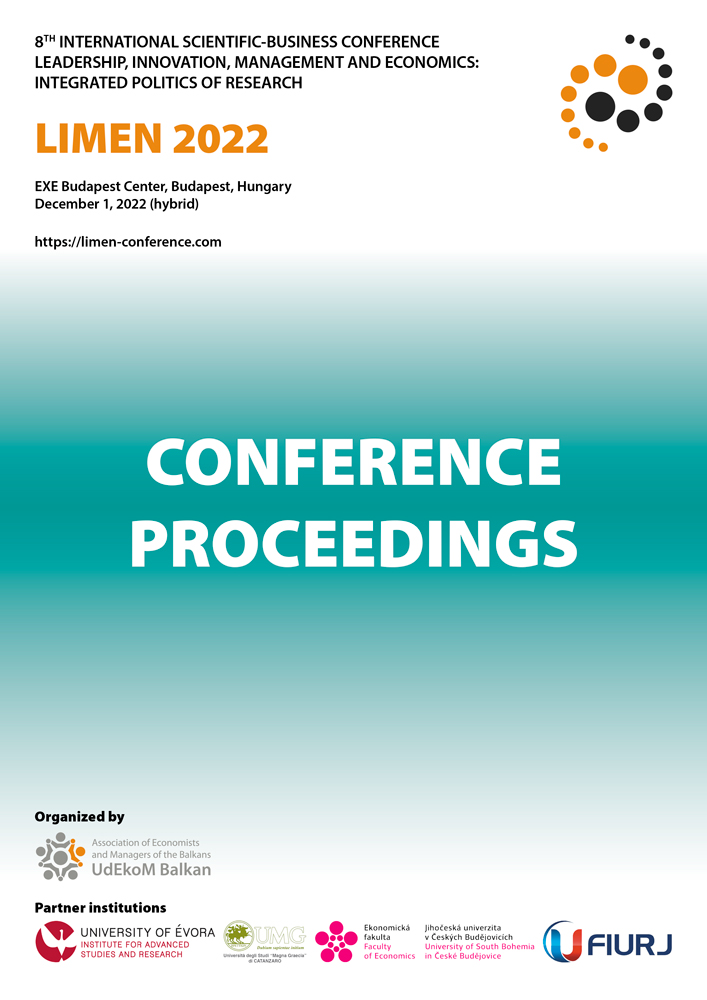The Rise of Storytelling as a Marketing Strategy for “Made in Italy” Products
The Rise of Storytelling as a Marketing Strategy for “Made in Italy” Products
Author(s): Federico de Andreis, Davide Marchisio, Federico Sottoriva
Subject(s): Social Sciences, Economy
Published by: Udruženje ekonomista i menadžera Balkana
Summary/Abstract: Storytelling is the process of using fact and narrative to communicate something to the audience. The first approach to storytelling takes place as children, with the dual purpose of imagining a space-time different from reality, and secondly that of establishing contact with one's parents, who are required to commit themselves daily, to transmit values and teachings. Popular myths and legends perform four functions that allow human beings to understand themselves, others, the mysteries of life and the universe that surrounds them (Atkinson, 2002). These functions are:- the psychological function: it helps the person to define himself more clearly thanks to the possibility of reordering and deciphering experiences;- the social function: allows the person to understand what he has in common with others and what distinguishes him;- the cosmological-philosophical function: it supports the person in having a clearer vision of her role in the world,- the mystical-religious function: it allows the person to feel awe, wonder, humility and gratitude towards the mysteries that surround them.More and more small and large companies are engaging in a marketing activity called content marketing, considering the idea that storytelling is the key to attracting and retaining customers, especially in culturally far-away markets.Storytelling marketing is a description where the company combines the company's identity with the company's philosophy to create a product or service activity (Salzer-Morling & Stannegard, 2004).In fact, with the global financial crisis of 2009, investors reduced their investments in communication, especially the budget allocated to television (-3.1% in 2011). Conversely, the internet grew (+12.3%) (Nielsen, 2012).But how to communicate a product to a different culture not sharing the same ideas, symbols, actions and dispositions of the company?This study aims to analyze which strategies have been applied in the storytelling of typically “Made in Italy” food products and representative of the Italian gastronomic heritage towards Asia.Briefly, the research aims to answer the following questions: RQ 1: Which strategies have been adopted by small-medium-large enterprises in order to promote Italian products into culturally distant markets?RQ 2: Which strategies are effective, in order to be considered also for future business?The research is therefore based on an analysis of the literature on storytelling as a marketing strategy and then goes on to observe some case studies.
- Page Range: 297-307
- Page Count: 12
- Publication Year: 2022
- Language: English
- Content File-PDF

